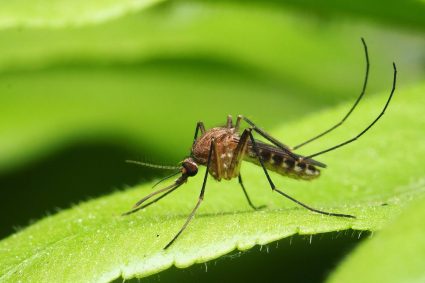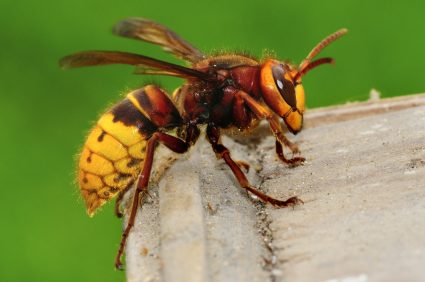
Coyotes are scary! This is reason enough to keep them out of your house. They can also harm you, especially your livestock.
Therefore, it is advised to build some defense mechanisms to help keep them out.
However, coyotes are smart and resourceful animals. Hence keeping them out can be a challenge.
And they can become a nuisance for you when safeguarding your property.
Fencing is a solution to keep the coyote out. The type of fencing depends upon your particular situation and location. Several fences can be used to keep coyotes out of your property.
Consider the nature of the coyote attack and your location before deciding which type of fencing to use as protection against coyotes. The types of fences include:
- Tall fencing
- Wire mesh fencing
- Chain link fencing
- PVC privacy fencing
- Rollbar fence topper
So let’s dive right into all the possible fences you can use to protect your livestock from the wild and ferocious coyotes!
8 Fencing Ideas To Keep Coyotes Away
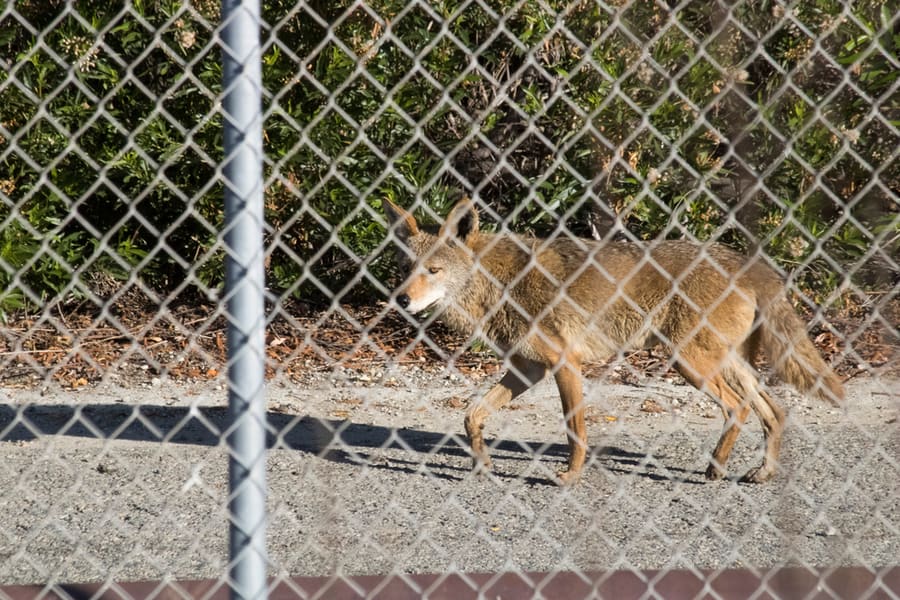
Let’s review all the fencing ideas to help you keep all the coyotes out:
1. Tall Fencing
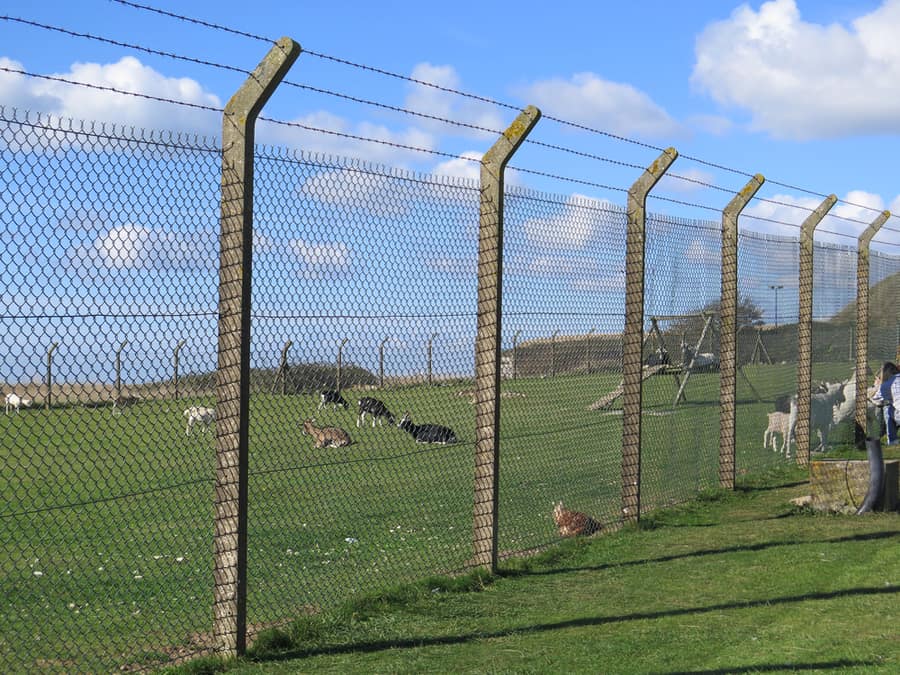
Coyotes can jump very high. This calls for tall fencing that will keep the menacing coyotes out. The minimum height for a fence that successfully keeps the coyotes out must be at least 4 feet.
However, more than this height is needed because, as mentioned previously, coyotes can jump a lot higher than you can imagine.
So, you either need to increase the height of the fence or use another coyote deterrent product. A six-foot high fence would be an ideal height.
However, some authorities don’t allow it, so you might have to look into the bylaws of your area. In suburban areas, the case is different.
Since you aim to protect your livestock, any height is allowed. In that case, you should opt for an 8-foot-high fence. That would surely make the coyotes think before jumping for your livestock.
2. Wire Mesh Fencing

Wire mesh fencing is made of heavy-grade steel wire. The wires are welded together to create a high-strength mesh.
The mesh made of steel wires is ideal since it is tough and robust, and animals cannot fiddle with it. It is the perfect fencing for larger properties, especially rural ones.
Wire mesh is a great option to keep the coyotes away. Ensure that the gauge you use for building the fence is not something the coyotes can cut through.
Moreover, the gaps in the weave should not be wide enough; otherwise, the coyotes can pass through them.
Lastly, please don’t keep a wooden rail on the wire mesh fence because the coyotes use it as a foothold.
3. Chain Link Fencing

Chain link fencing is similar to wire mesh fencing. The difference lies between the weave patterns of both fences.
In wire mesh fencing, the wires are welded horizontally and vertically. The chain link fencing pattern is zig-zag, giving it a diamond shape.
The chain link fencing is not easy to break, and the coyotes can’t pass through it either.
4. PVC Privacy Fencing

The latest kind of fencing in the market is replacing wood with PVC. PVC fencing comes in all types of styles.
This type of fencing comes with privacy panels that imitate the wooden style. Thus making PVC a fantastic alternative to wire mesh fencing, especially in residential areas.
PVC is an excellent alternative to wood too. This is because coyotes are usually able to chew through the wood fence. However, as the PVC material doesn’t taste as lovely, the coyotes will unquestionably not even lick it.
In addition, since the surface of the PVC fence is smooth, the coyotes trying to climb it will simply slide down as opposed to the wood fence.
On the other hand, coyotes can carve enough holes in wood to propel themselves up and over the fence. But they can’t do that with PVC fencing.
What makes this fencing even more beneficial is the fact that it is a privacy fence. This means it is opaque enough to create a visual barrier between the coyotes and your livestock, thereby protecting your animals.
These fences are 8 feet high, so they are even more useful against the coyote’s high jumps.
5. Roll Bar Fence Topper

You should invest in a roll bar fence topper to reinforce your fence further.
It is made up of two different sizes of PVC pipes which manufacturers string with a heavy-duty wire alternatively. This means that the smaller PVC pipe is strung with the wire, and the bigger one is to make the roller.
This roller is then attached between the posts above the top rail.
The roller bar works by sliding the movement of each of the pipes. This means that when coyotes step on the bar, the larger pipe will slide over the smaller one, making the coyote fall off because of the moving pipes.
6. Wire Mesh L-Footer
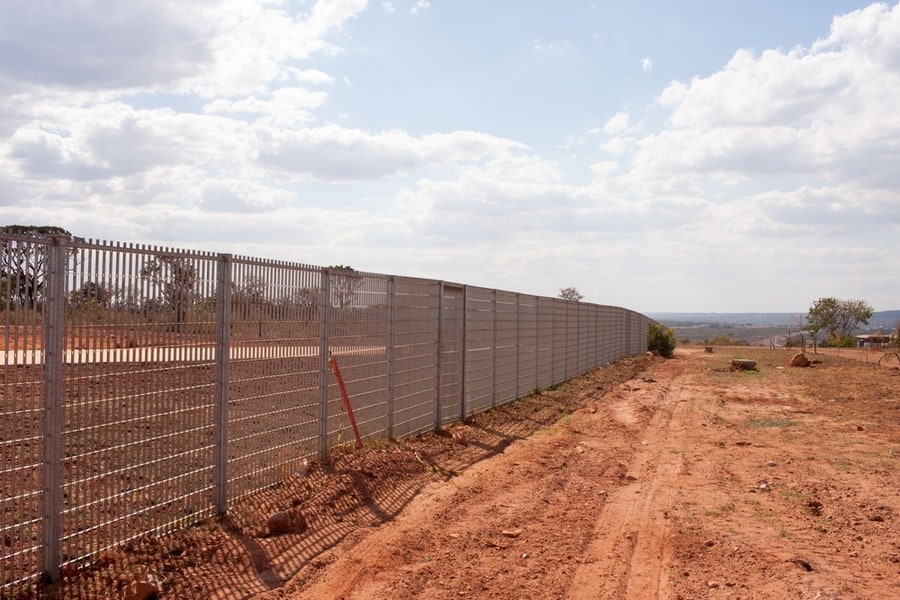
Coyotes are smart. Yes, we have mentioned this before.
But this emphasis is vital as coyotes know other ways of getting across the fence other than jumping. They are good at digging underground to make their way.
Therefore, to prevent this, you can elongate the wire mesh fence six or eight feet into the ground. But this only works for wire mesh fences. So, a wire mesh L-footer is available for other types of fences.
The L-footer is made of the same material as the fence, a heavy-duty wire. They go as deep as 1 foot into the ground and, as the same suggests, also run 90 degrees across.
The L-foot fence prevents the coyotes from digging and making their way through.
7. Electric Fencing

The best kind of fencing is electric fencing. This fencing comes with an electrified high-tensile line used through a low-impedance fence charger that can generate about 4,000 to 5,000 volts.
There are several wire counts and wire spacing that can be used for electric fencing. These include:
- 7-wire design with 42″ fence height: This works best in areas with fewer predators. Deers and elks can pass through these fences.
- 7-wire design with 54″ fence height: This fencing is for low to medium-predator areas and can be used to prevent coyotes from attacking cows and lambs.
- 9-11 wire design with a 60″ – 72″ fence height: This option is ideal for areas with high predator activity.
8. Electrical Fence Poly Tape
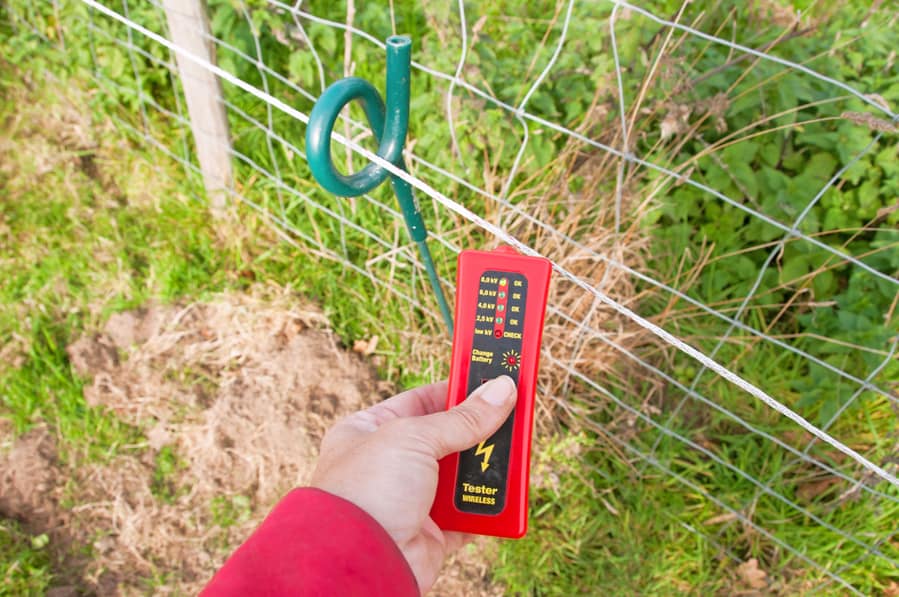
Another type of electric fencing is poly tape. It is an elongated strand of electric wire contained inside a cloth-like mesh.
You can string this on your fence’s top, bottom, or sides. You can electrify any fence through this poly tape. It is also very long-lasting.
Thus saving your livestock from coyotes.
Summary
Coyotes are clever and resourceful animals. But that does not mean that they are smarter than humans.
You can easily outsmart them simply by using a good enough fence that works best for your particular use.
Build strong fences with reinforcement across your property to stop coyotes from entering your premises.
You can use tall fencing, wire mesh fencing, chain link fencing, PVC privacy fencing, or rollbar fence topper, for that matter. Just make sure you pick an option that suits all your needs.
Frequently Asked Questions
How High Should a Fence Be To Keep Coyotes Out?
If there is one thing that coyotes know how to do, it is to jump. They can jump as high as 3 to 4 feet, so ensure your fence is higher than that to keep the coyotes out.
What are Other Ways There To Keep Coyotes out Other Than Fencing?
Apart from fencing, you can install water sprinklers, use natural coyote repellent sprays or even get a guard animal to protect your livestock.




